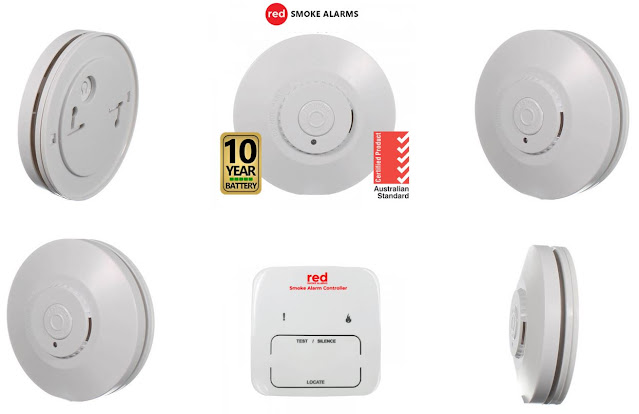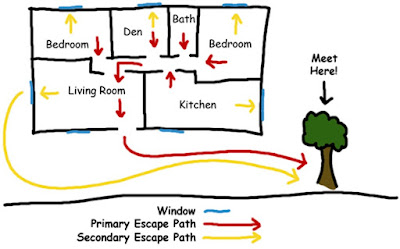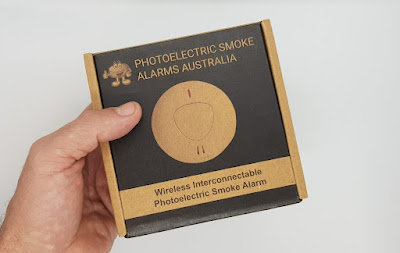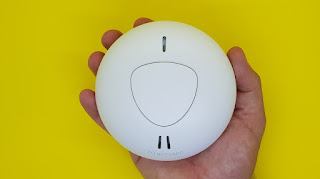Fire Protection in Queensland Workplaces

Ensuring the workplace is appropriately protected against any potential fire hazard is one of the most important steps an employer can take when operating a small to medium size business in QLD. Keeping employees and physical business assets safe from potential fire damage requires an effective fire safety plan and interconnected smoke alarm products, as the first line of defence. Do you have fire hazards in your workplace? As a business operator it is best practice to identify fire safety hazards in the workplace, and to eliminate their potential to cause a fire. Below are some fire safety hazards which should be considered during the risk management process. Do you have these fire hazards in your workplace? - Combustible liquids — Unless stored correctly, combustible and/or highly flammable liquids, could pose threat of fire or explosions. Ensure proper hazardous goods storage is available. - ...




